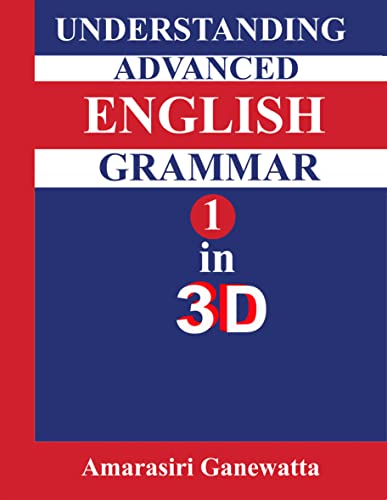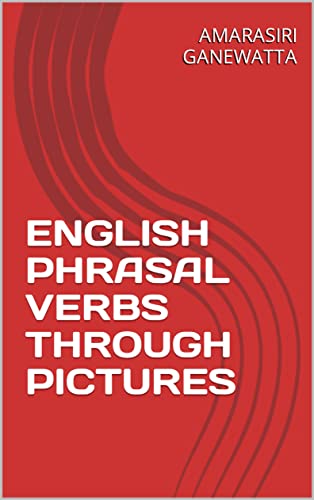V1 |
V2 |
V3 |
V4 |
V5 |
V3 |
V4 |
|
I eat |
I ate |
| |
| |
| |
| |
| |
|
They have |
had |
eaten |
| |
| |
| |
| |
|
They are |
were |
eating |
| |
| |
| |
|
|
They have |
had |
been |
eating |
| |
| |
| |
|
I will |
would |
(to)eat |
| |
| |
||
|
I will |
would |
(to)have |
eaten |
| |
||
|
I will |
would |
(to)have |
been |
eating |
I don’t I didn’t (to)eat You don’t You didn’t (to)eat They don’t They didn’t (to)eat He doesn’t He didn’t (to)eat She doesn’t She didn’t (to)eat Tom doesn’t Tom didn’t (to)eat
V1 and V2 are finite verbs and they are used just after the Subject in statements. The other verb forms V3, V4, and V5 can’t be used after the subject. They need an auxiliary verb (V1 orV2) after the subject in making statements. The above chart shows you how English sentences are constructed.
Tenses Patterns _______________________________________________________________ Future Simple Tense S + will + V5 Future Progressive Tense S + will + be + V4 Future Perfect progressive Tense S + will + have + been + V4 Future Perfect Tense S + will + have + V3 _______________________________________________________________ Present Simple Tense S + V1 Present Progressive Tense S + is / am / are + V4 Present Perfect progressive Tense S + has / have + been + V4 Present Perfect Tense S + has / have + V3 _______________________________________________________________ Past Simple Tense S + V2 Past Progressive Tense S + was / were +V4 Past Perfect progressive Tense S + had + been +V4 Past Perfect Tense S + had + V3 _______________________________________________________________ Conditional Simple Tense S + would + V5 Conditional Perfect Tense S + would + have + V3 _______________________________________________________________ Future with ‘going to’ S + is / am / are + going to + V5 Past with ‘going to’ S + was / were + going to + V5




